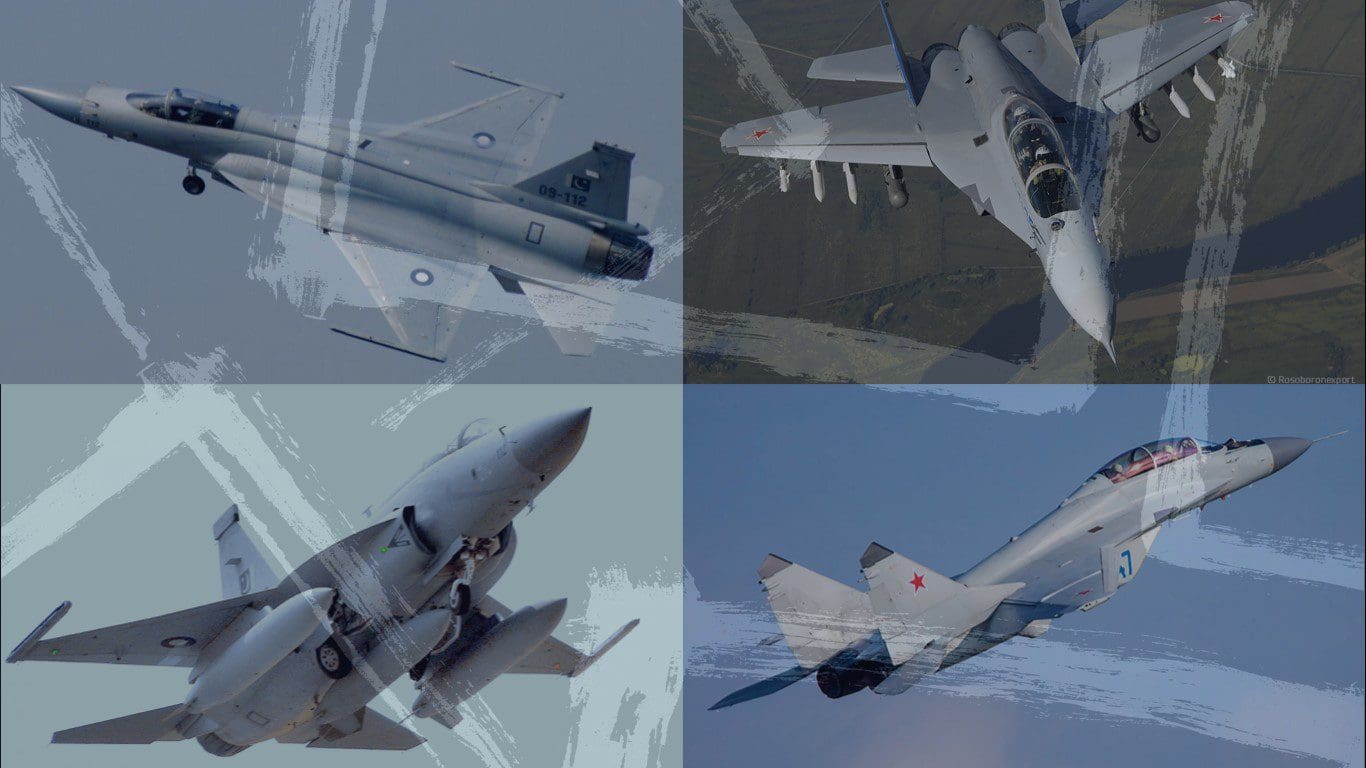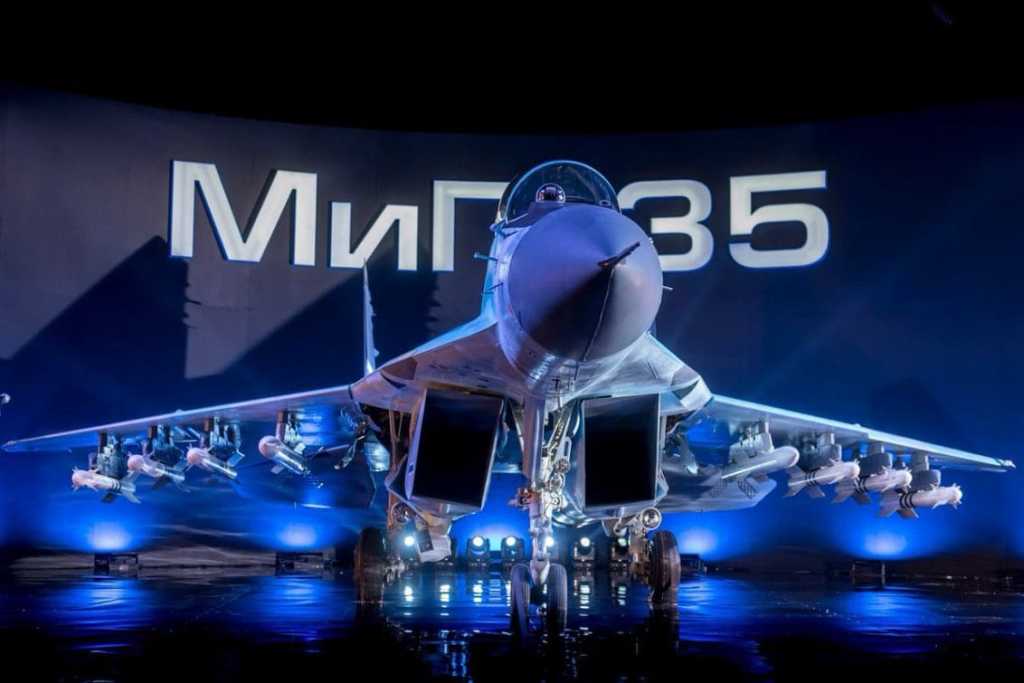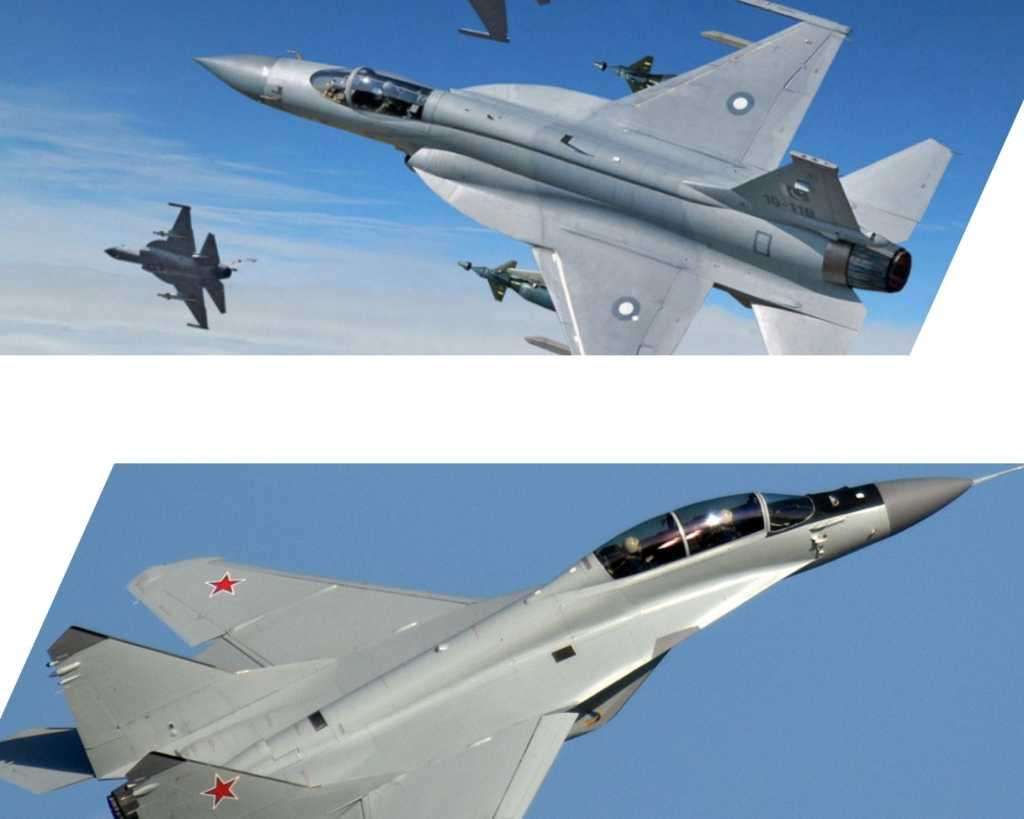Tornado23
SENIOR MEMBER

- Joined
- Dec 27, 2020
- Messages
- 3,988
- Reaction score
- 3
- Country
- Location

JF-17 vs. MiG-35
Caída definitivamente la opción por los KAI FA-50, la Fuerza Aérea Argentina ha mantenido el proceso de evaluación a los fines de definir un candidato
Translation would be appreciated












